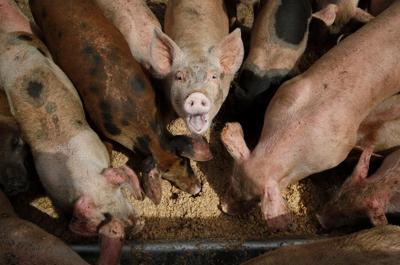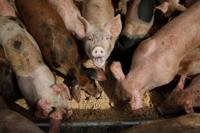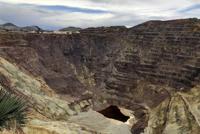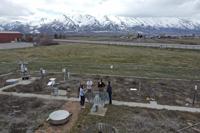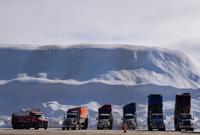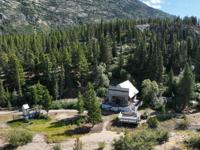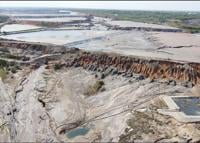DES MOINES, Iowa (AP) — A coalition of environmental groups is seeking to force the Environmental Protection Agency to strengthen its regulation of large livestock operations that release pollutants into waterways.
Food & Water Watch and a dozen other environmental and community groups filed a lawsuit Friday in the 9th Circuit Court of Appeals in San Francisco. The lawsuit came nearly a month after the filed by the groups in 2017 that sought tighter oversight of the largest U.S. hog, cattle and chicken operations.
The suit asks the court to reconsider changes the groups sought in those petitions, including clarification about what farms must comply with federal regulations and what kinds of discharges are exempt from regulations.
The EPA said in an Aug. 15 response to the groups that it would study its program for regulating the livestock farms and existing pollution limits before deciding whether it should change its regulations. The agency said it would comprised of representatives of environmental groups, agriculture and researchers to delve into the matter over 12-18 months.
The groups that filed the lawsuit rejected the need for additional study and on Monday accused the EPA of enabling polluters by refusing to take action.
“Factory farms are polluters by design — true environmental protection requires a willingness by EPA to confront this industry head on," Tarah Heinzen, legal director of Food & Water Watch, said in a statement. "It is high time EPA addressed the crisis it has spent decades enabling.”
An EPA spokesperson said that because of the pending legislation, the agency had no comment.
The EPA regulates large livestock operations, known as Concentrated Animal Feeding Operations, or CAFOs, under the Clean Water Act. The agency oversees environmental discharge requirements on facilities where the animals are held, as well as manure storage systems and land where manure and wastewater are spread.
Manure and fertilizers from CAFOs and farms run into streams, and unhealthy water in rivers, lakes and the Gulf of Mexico.
The environmental groups argue the EPA doesn’t understand where the large livestock operations are located and is lax in enforcing existing rules.

